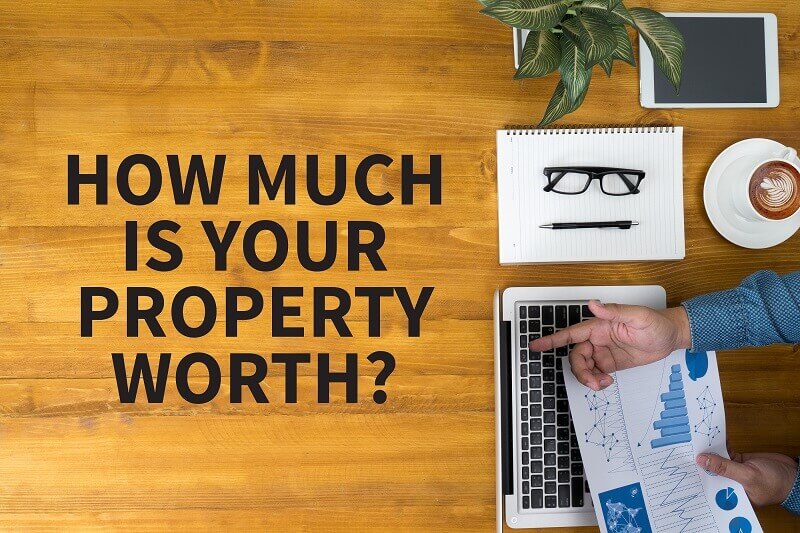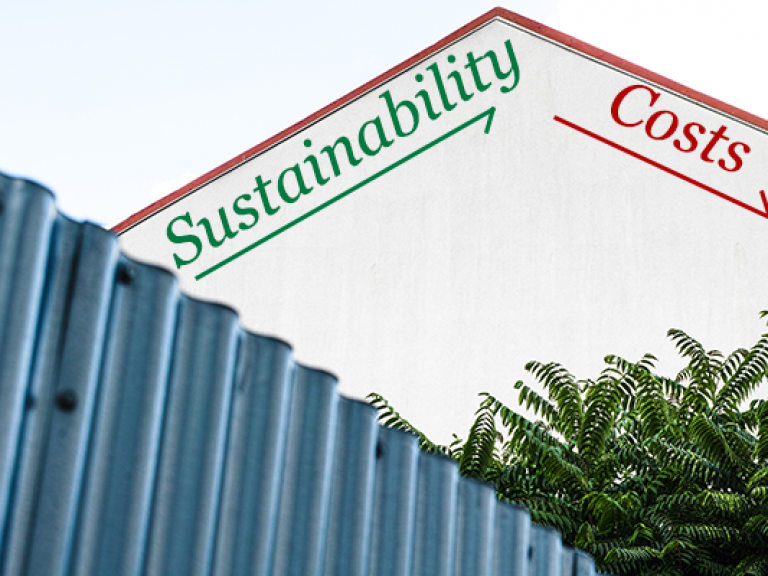
Property Appraisal
If opportunities are coming at you from all angles and at odd times, it helps to have a clear, standard process for qualifying or evaluating them.
• Appraise the property: Gather relevant information to enable you to appraise the property deal. I generally use a standard set of questions whether I am speaking to an agent over the phone or doing the first inspection of a property I’m interested in. This is really the minimum information you need to be able to appraise a property for yourself but it’s a good, systematic start. We cover this aspect below.
• Appraise the deal: Gather relevant information to enable you to appraise the deal, to work out the intrinsic value and potential in the property as a basis for putting together wealth building terms.
Property details
You’ve probably seen the kind of details estate agents put together for potential purchasers of property. And by now, you probably realise that these are only half the details you’ll actually want in order to establish from the start whether a property is likely to be a wealth building proposition or not.
When I get a call about a property, I generally try to pre-qualify it over the phone, identifying exactly why the person at the other end of the phone thinks it would be a good purchase. I will often run through a set of relevant questions on a standard form (reproduced overleaf for you to photocopy and use as many times as you like) and then ask the person promoting the property to fax me the details in writing.
Notes
• Land area: you can often get this from a council search if the agent doesn't have the exact details.
• Building area: if you have access to the property, you can pace out the building area or take a tape and measure out the external dimensions.
• Land value: you may need to do some research on local land sales, speak to the agents, or do a search with the relevant state government department (see Session 7.2).
• Building value: determine the age of the building. Multiply the total area of the building by the current replacement cost rates. (For example, the current replacement cost rates of a building in Sydney could be $1400/m2, in Melbourne $l200/m2, in Brisbane $1300m2.) Then take off around 4 percent per annum for the age of the building: so if it’s a 25-year-old building, its current building value would be near zero.
• Lot dimension: this shows measurements of the lot, in case of further subdivision.
• Services: whether the property is connected to town water, sewerage, electricity and/or gas.
• Property zoning: this information is available by council search, if the agent doesn’t know.
• Highest and best use: can the property be further subdivided, improved and/or built on or is there some other use? This information may need to be sourced from the council.
• Depreciation amount: if the building was completed after 1985, it will have a depreciation amount. If you do the ‘building value’ calculation described above, that will give you an idea of its maximum depreciation amount.
• Comparable sales: list three comparable, local sales preferably within the last three months. You can get this information from real estate agents, or do a search through websites (see Session 7.2) or the relevant state’s valuer general’s office.
• Suburb information: the established capital benchmark for an area is available online on various websites (see Session 7.2). Percentage owner-occupiers and population per household are available from the ABS (www.abs.gov.au).
• Opportunity: start with the potential resale value. Deduct the costs you will incur upgrading the property to that resale value plus an amount you will take as profit for yourself. This will give you the maximum purchase price you can afford to pay, which will guide you in making an offer.
>>> Coming Next: Appraising A Deal
Please note: This is an extract from the Success From Scratch – it may not contain the exercises from the full version of the book/audio set, for full version please contact us or follow our blog for more.
Thank you,
The team@Custodian








